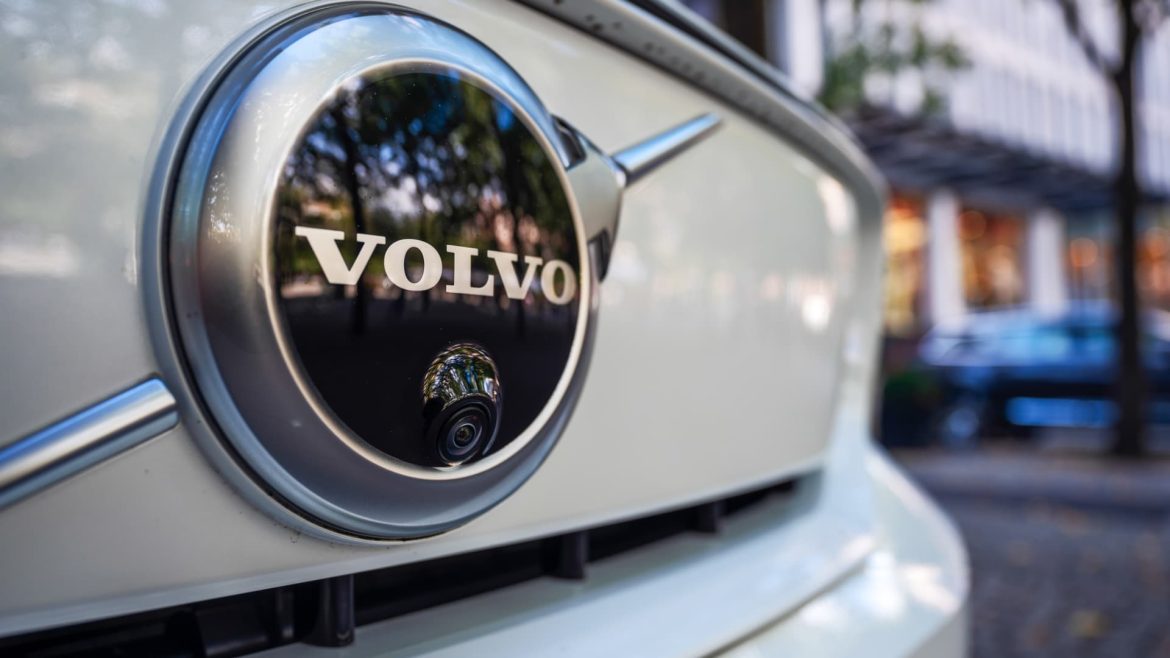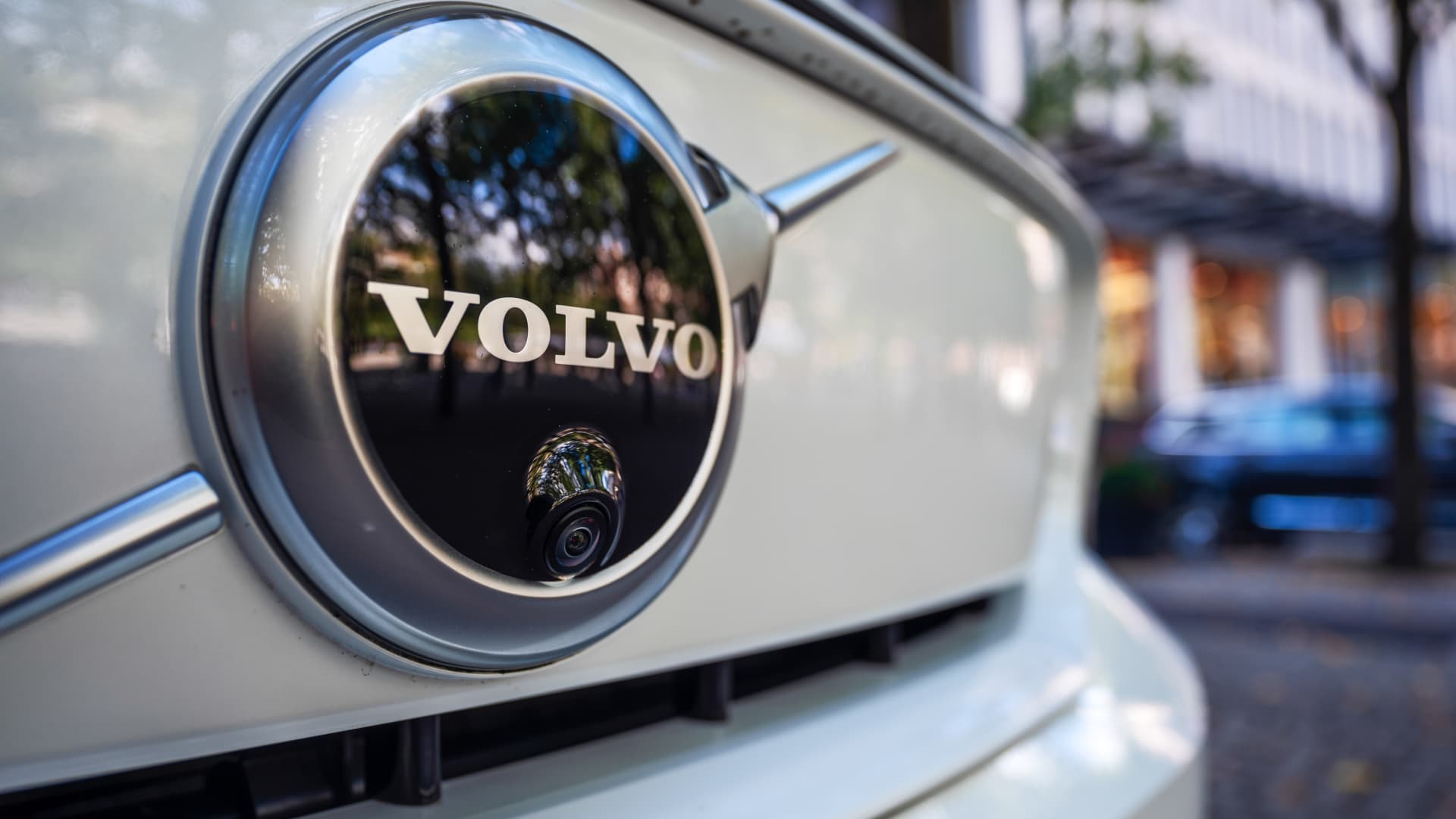Volvo Cars’ Strategic Job Cuts Amid Industry Challenges
Volvo Cars, the renowned Swedish automaker owned by China’s Geely Holding, has announced a notable workforce reduction involving approximately 3,000 jobs. This restructuring initiative, predominantly affecting white-collar roles, is a deliberate effort to streamline operations and address financial pressures arising from a complex global automotive landscape. Understanding the contours of this decision sheds light on both the internal and external factors shaping the company’s future trajectory.
Context Behind the Reduction: Industry Headwinds and Cost Pressures
Volvo’s decision to cut jobs can be traced to a convergence of external challenges and internal strategic imperatives. The global automotive market is experiencing a slowdown, with particular stress on the electric vehicle (EV) sector—a domain Volvo has been actively pursuing but which currently faces muted demand. Additionally, escalating costs and the need for enhanced operational efficiency have forced Volvo to reevaluate its workforce scale.
The company’s ownership by Geely Holding integrates it into a competitive, fast-evolving international arena where cost control is critical. The strategic response by slashing about 7% of its global workforce seeks to balance expenditure with market realities, aiming at sustained profitability.
Scope and Focus of the Job Cuts
Of the 3,000 positions targeted, the majority are office-based roles, particularly in Sweden, where approximately 1,200 jobs will be eliminated within Volvo Personvagnar AB, the Swedish operational arm. The focus on white-collar positions underscores a shift toward leaner headquarters and administrative functions, rather than significant direct manufacturing reductions.
Volvo has engaged in negotiations with relevant labor unions and has proceeded with formal notifications to Swedish labor market authorities, indicating a structured and compliant approach. Overall, these reductions approximate 15% of Volvo’s office-based workforce in Sweden, revealing the depth of restructuring required in corporate functions.
The Company’s Strategic Aims: Becoming Leaner and Protecting Profits
Volvo’s public statements emphasize a commitment to becoming a leaner organization, driving efficiency to safeguard profitability amid external pressures. By trimming overhead, the company intends to better weather challenges posed by the global EV market’s flux and other macroeconomic factors affecting the auto industry.
This workforce cut is part of a broader $1.9 billion cost-cutting plan that Volvo has unveiled, illustrating the scale of its financial recalibration. The move reflects an industry-wide trend where automakers seek to optimize cost structures without compromising core product innovation and competitiveness.
Broader Implications for Volvo and the Automotive Sector
Volvo’s significant job reductions mirror a wider pattern visible across the global automotive sector—where rapid evolution in technology, supply chain disruptions, and shifting consumer preferences compel companies to rethink traditional employment scales. As EV adoption grows, legacy automakers are realigning resources, often pivoting from labor-intensive setups toward more technology-driven models requiring different skill sets.
The focus on cutting white-collar jobs also suggests an intensifying drive toward digitization and automation within corporate processes, reducing the need for extensive administrative staff. For Volvo, the challenge lies in balancing cost savings while maintaining momentum in innovation, quality, and market presence.
Concluding Perspective: Navigating Change While Preserving Core Strengths
Volvo Cars’ planned elimination of roughly 3,000 jobs represents a decisive action designed to confront multiple layers of adversity in a swiftly transforming automotive sector. This strategic restructuring underscores the company’s determination to remain competitive and financially resilient, even as it navigates the uncertainties of the global EV landscape and economic headwinds.
While the human impact of such cuts is considerable—especially given the concentration in Sweden’s office workforce—Volvo’s approach reflects a broader industrial imperative: to evolve sustainably by trimming inefficiencies and focusing resources where they generate the greatest value. The coming phase will test how effectively Volvo can leverage this leaner structure to innovate, adapt, and thrive in a challenging marketplace.





